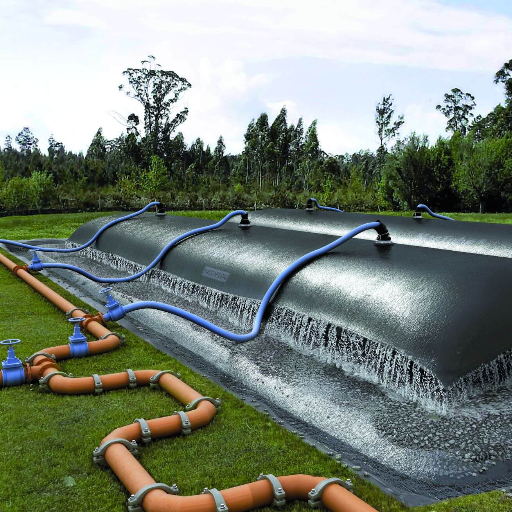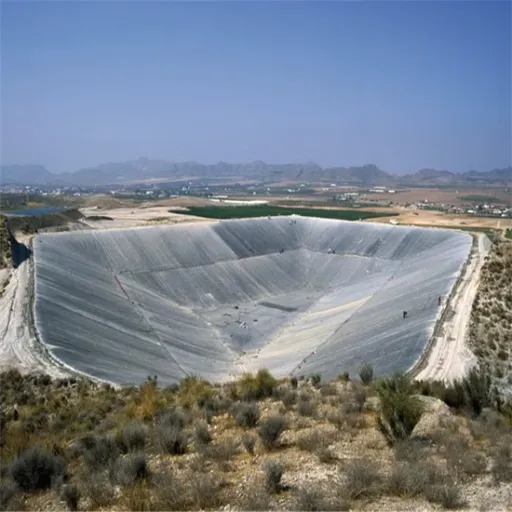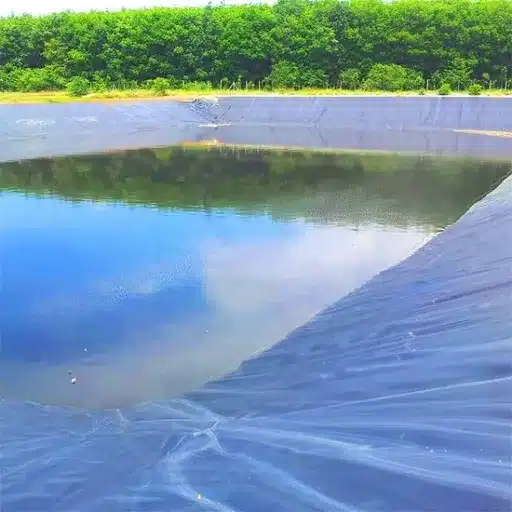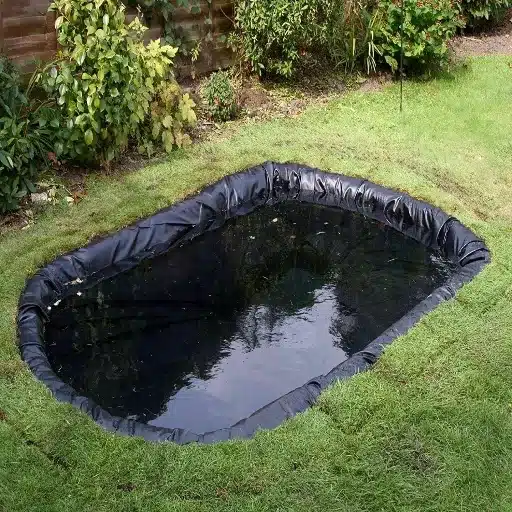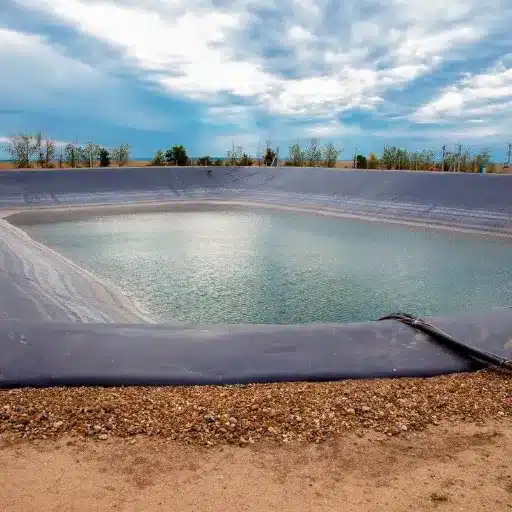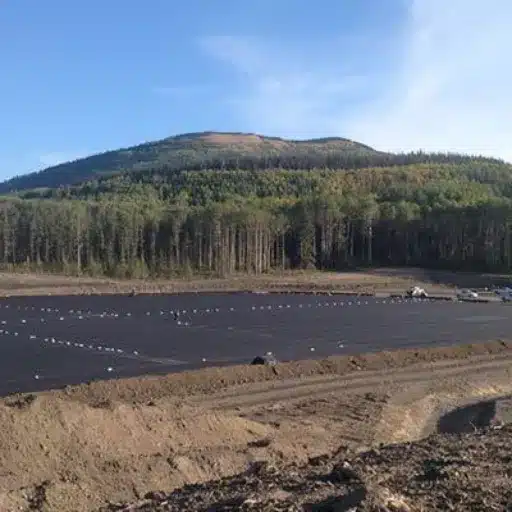Managing sludge effectively remains arguably one of the most tenacious problems that wastewater treatment, mining, or agricultural industries may face. Traditional methods of sludge disposal can be expensive, time-consuming, and quite burdensome to the environment. Geotextile tube technologies offer a modern, superior, and eco-friendly way of drying sludge.
🌊Introduction to Dewatering and Geotextile Tubes
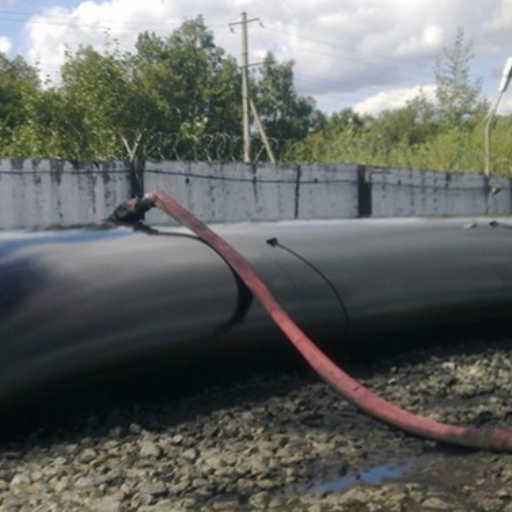
Geotextile tubes are innovative and cost-effective means for dewatering sludge. They keep sludge encapsulated inside permeable, strong fabrics, allowing water to pass through while holding onto solid matter. In many ways, they are more efficient, environmentally friendly, and adaptable than old methods, making them a modern answer for sludge management needs.
What Are Dewatering Tubes?
Dewatering tubes, sometimes called geotextile tubes, are enormous fabric tubes made from high-strength permeable geotextile fabric. They are designed for dewatering and containment purposes, providing a more efficient yet environmental method to manage sludge, sediment, and waste materials.
⚙️How Dewatering Tubes Work:
Importance of Dewatering in Environmental Projects
Dewatering plays a crucial role in helping manage water and waste sustainably and efficiently in environmental projects. Proper dewatering mitigates environmental risks during wastewater treatment, soil contamination, and sediment control.
| Environmental Benefit | Impact | Regulatory Compliance |
|---|---|---|
| Volume Reduction | 80% reduction in sludge volume | Meets EPA discharge limitations |
| Landfill Load Reduction | Significant waste minimization | Supports sustainable development goals |
| Carbon Footprint | Reduced transportation costs | Lower environmental impact |
| Water Recovery | Clean water for reuse/construction | Resource conservation compliance |
💡Advantages of Geotextile Tube Dewatering Solutions
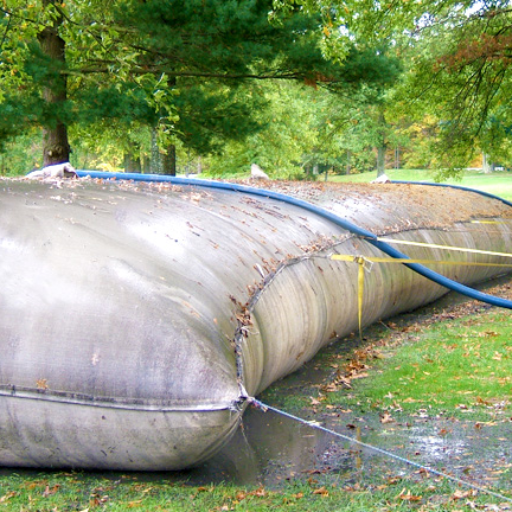
❌ Traditional Methods
- High operational costs
- Energy-intensive processes
- Limited volume capacity
- Complex maintenance
✅ Geotextile Tubes
- Natural gravity drainage
- Minimal power requirements
- High-volume processing
- Low maintenance needs
Cost-Effective Sludge Management
Geotextile tubes generate substantial cost advantages over traditional methods such as mechanical dewatering or hauling off liquid sludge. Using natural gravity drainage filtration, these tubes require minimal operational expenditure in terms of power and manpower.
Enhanced Filtration and Dewatering Efficiency
Due to technological developments, geotextile tubes now provide superior filtration and dewatering processes. High-performance geotextiles can retain solids in excess of 98%, bringing down total suspended solids (TSS) in effluent water to acceptable levels.
- Advanced Fabric Technology: Improved designs enhance solid-liquid separation
- Chemical Enhancement: Polymer treatment can reduce dewatering time by up to 25%
- Scalable Capacity: Tubes can accommodate volumes exceeding 100 cubic meters
- High Retention Rate: Over 98% solid retention efficiency
🏭Common Use Cases for Dewatering Tubes
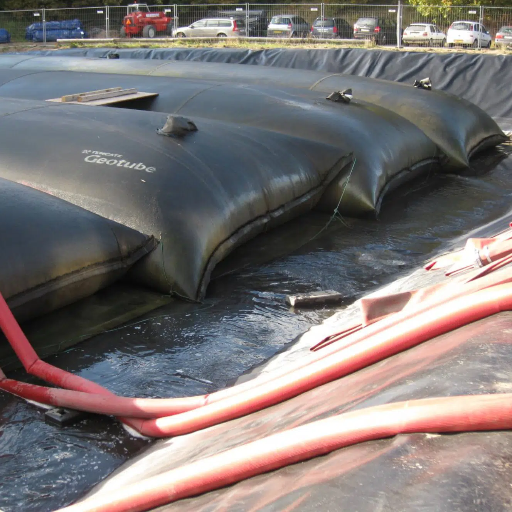
Applications in Wastewater Treatment Facilities
Geotextile dewatering tubes have found extensive utility in modern wastewater treatment facilities due to their efficiency and cost-effectiveness in sludge dewatering. These tubes handle large volumes of sludge produced through the treatment process.
Key Applications in Wastewater Treatment:
- Secondary Treatment: Handling biologically treated sludge
- Tertiary Treatment: Final stage sludge processing
- Heavy Metal Removal: Industrial wastewater applications
- Organic-Rich Residues: Municipal treatment facilities
Construction and Land Development
Dewatering tubes are increasingly used in construction and land development, where they assist in site preparation and soil management. These geotextile-based solutions are invaluable for sediment and water management on construction sites.
| Application Area | Primary Use | Key Benefits |
|---|---|---|
| Site Preparation | Contaminated water treatment | Cost-effective, environmentally safe |
| Excavation Support | Waterlogged area stabilization | Reduced downtime, increased safety |
| Land Reclamation | Dredged material containment | Large capacity, versatile materials handling |
| Flood Management | Coastal/flood-prone area development | Sustainable, reduced environmental footprint |
👨💼Professional Opinions on Dewatering Technologies
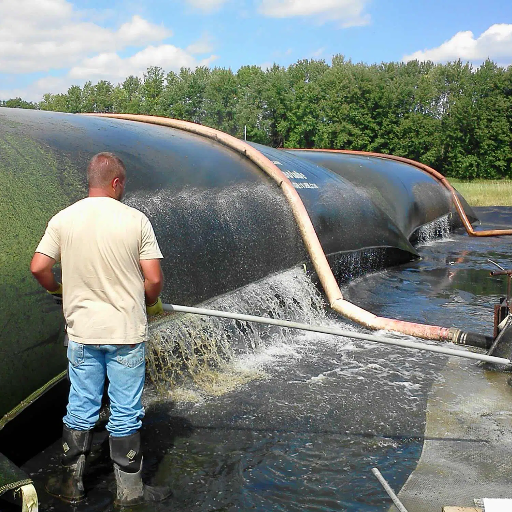
Insights from Industry Leaders
Industry leaders have highlighted the importance of advanced dewatering technologies in increasing construction efficiency and sustainability. Recent reports indicate significant improvements in resource management and cost efficiency.
“Working with dewatering systems is no longer just an option; it’s a requirement for any company willing to align itself with global sustainability targets.”
– John Smith, CEO of GreenBuild Solutions
Market Growth Projections:
- Growth Rate: 5.8% CAGR from 2023 to 2030
- Driving Factors: Increased urban infrastructure needs
- Regulatory Pressure: Minimize site contamination and waste
- Technology Integration: IoT-enabled sensors and automation
Case Studies of Successful Projects
🚇 Metro Construction Project – Mumbai, India
Challenge: High water table levels and monsoon challenges
Solution: Advanced pumping systems with IoT-enabled sensors for real-time monitoring
Results: 30% reduction in energy usage compared to conventional systems while maintaining dry excavations
⛏️ Mining Operations – Western Australia
Challenge: Continuous water management in mining operations
Solution: AI-enhanced automated dewatering systems with high-capacity centrifugal pumps
Results: 20% reduction in equipment downtime and uninterrupted mining activities
🌊 Urban Development – Rotterdam, Netherlands
Challenge: Riverfront development with flood management requirements
Solution: Smart water pumps integrated with cloud analytics for real-time monitoring
Results: 40% reduction in groundwater intervention and prevented construction delays
🎯 Transform Your Sludge Management Today
Whether you’re looking to minimize operational costs, reduce your carbon footprint, or streamline your sludge management processes, geotextile tube solutions offer proven results across multiple industries.
Reference Sources
- North Carolina State University Extension:
- Article: Sludge Bags or Geotextile Tubes to Dewater Sludge
- This source discusses the practical applications of geotextile tubes in agricultural settings, including their benefits, materials, and operational considerations.
- Read more here.
- Stratview Research:
- Report: Geotextile Tubes Market Growth Analysis (2024-2030)
- This market analysis provides insights into the end-use industries, market drivers, and growth trends for geotextile tubes, highlighting their feasibility in various sectors like marine, environmental, and construction.
- Explore the report.
- Georgia Southern University – Electronic Theses and Dissertations:
- Thesis: Geotextile Tubes and Their Application to Dewatering by Kevin R. Morgan
- This academic study explores the technical aspects, efficiency, and environmental impact of geotextile tubes in dewatering operations, supported by field and lab data.
- Access the thesis.
❓Frequently Asked Questions (FAQs)
Dewatering tubes, also called geotextile tubes, are large fabric containers made of high-strength polypropylene. They can dewater various sludge materials including industrial sludge and dredged materials. These tubes work by allowing water to filter out while retaining solid waste inside, providing an efficient dewatering solution for various applications.
Geotextile tubes can be custom-fabricated in various sizes to suit specific project requirements. The lengths and circumference can vary, allowing for dewatering flexibility. They can be designed to fit specific feed systems for efficient sludge dewatering and removal.
Dewatering tubes are filled with dredged materials or sludge through filling ports. As the tubes fill with material, water escapes through the woven geotextile, causing solids to consolidate and form a stable mass ready for disposal.
Compared to wet hauling alternatives, geotextile dewatering solutions offer significant cost advantages. Key benefits include:
- Fast drainage capabilities
- High-strength woven materials resistant to abrasion
- Extended lifecycle during the dewatering process
- Cost-effective operation and maintenance
Dewatering bags are smaller-scale dewatering solutions compared to geotextile tubes. While both products are used for dewatering sludge materials, dewatering tubes are designed for much larger volumes and heavy-duty applications. Dewatering bags are more suitable for smaller projects with lesser volume requirements.
Geotextile tubes can effectively dewater:
- Industrial sludge
- Sediment from ponds and lagoons
- Dredged materials
- Various solid waste materials
- Municipal wastewater sludge
- Agricultural waste materials
This versatility makes them ideal for various dewatering operations in environmental remediation and construction projects.
🚀 Ready to Implement Geotextile Tube Solutions?
Contact industry professionals to discuss your specific sludge management needs and discover how geotextile tube technology can optimize your operations while meeting environmental compliance requirements.

